The all-new Porsche Cayenne made its South African debut this week. Double Apex was invited to the local ride and drive event to sample the new model on local soil.
Click here to read our 911 Carrera T review.
New looks
If you don’t really pay careful attention to Porsche models, you’d be forgiven for not recognising the new Cayenne. Some may even consider a mild facelift rather than a completely new model. In reality, the new Cayenne is all-new from the ground up. More on that in a bit.
In stature, it has grown in length in width, but overall height is slightly lower than its predecessor. A cleaner visage, with an accentuated bonnet bulge, are characteristics of the new design. Slim taillamps, joined by a body-wide red strip, are similar to the rear-end treatment we’ve seen on the new Panamera. In fact, spy images of the new 911 show that it will have a closely related appearance. At the top of the rear door, there is an active aerofoil that can vary in pitch from 6 to 28,2 degrees, depending on driving conditions or mode chosen by the driver. According to Porsche, there is an extra 100 litres of luggage space available in the boot.
Clean and uncluttered
Owners of current Cayenne models will note the major changes in the cabin. The appearance is geometric, with clear horizontal lines clearly seen across the facia. The button-laden facia of before has made way for a far cleaner and more aesthetically pleasing execution. From the captain’s chair the new Cayenne’s facia treatment is easy on the eyes and intuitive to use.
In part, the tidier styling is thanks to the adoption of a 12,3-inch, full-colour touchscreen interface that controls most major functions. In addition, each major menu in the infotainment system can also be accessed by short-cut buttons sited ahead of the gear shifter. Often-used functions, such as the ventilation controls and audio volume still have dedicated switches.
Engine options
There are four models in the Cayenne family at the moment, more may follow in time. The base Cayenne is powered by a 3,0-litre single turbo V6 (250 kW/450 N.m) and the mid-spec S version has a 2,9-litre twin-turbo V6 (324 kW/550 N.m). The range-topper boasts a 4,0-litre twin-turbo V8 (404 kW/770 N.m). For the eco-conscious there is an E-Hybrid derivative. The latter model uses a turbocharged V6 engine coupled with an electric motor for a combined output of 340 kW and 700 N.m of torque. The entire range features all-wheel drive and all engines are mated with eight-speed automatic transmissions.
Click here to learn more about the local line-up and full pricing.
On the move
At the recent launch held in the Western Cape, Porsche South Africa laid out all models, bar the Hybrid, for us to sample. A convoy of new Cayennes headed out from Porsche Centre Cape Town and took a circuitous route to Gaansbaai. My driving partner and I chose the entry-level model as a starting point.
All-aluminium independent suspension coupled with plump, high profile tyres (relatively speaking) the Cayenne soaked up any surface imperfections on the arterials roads that formed part of the route. When the need arose we just opted for a sportier suspension setting via the drive selector. One can choose to set the dampers in isolation to the preset drive modes via a console switch – a neat feature.
In typical fashion Porsche has imbued the steering action with just the right level of heft to suit the car, something its rivals can learn from. The tiller’s response rate is linear and not too alert ie well-matched to a family car.
Although the gear ratio count is high, one is never aware of the oily workings going on below. The transmission just goes about it duties imperceptibly. Even though the cars we drove were all kitted out with steering wheel-mounted paddles not once did I call on them during our drive. Simply mashing the throttle open is enough for the ECU to find the ideal gear for any situation. Speaking of mashing the throttle…
Power games
A small logistical kerfuffle meant that we spent the bulk of our time behind the wheel of the base-spec car and missed out on the S derivative. With 250 kW the ‘base’ car is no slouch. The claimed 0-100 km/h time makes it quicker than most hot hatches. At no point did we feel short-changed in the power stakes. Peak torque of 450 N.m is on tap from 1 340-5 300 r/min so overtaking is not an issue. Why anyone would need more power in an SUV is beyond me.
Having said that, we did sample the apex Turbo model as well; WHAT A MONSTER. With over 400 kW to move essentially the same mass, the Turbo version really shunts. It forces you back in your seat like a 737 on take-off on hard pull-aways. Porsche claim it will do 100 km/h from standstill in less than four seconds, and its performance claims are never optimistic. Apart from the hilarity of unleashing 770 N.m time and time again, the range-leader also has a cool, woffley soundtrack.
Summary
With each passing generation, the Cayenne seems more comfortable in its appearance and has its own identity distinct from its siblings. Having said that, it is also clear that the largest Porsche is shot through with the brand’s DNA. It’s no surprise the model has helped Porsche climb to new sales highs as it opens up Porsche ownership to many who cannot justify owning one of the marques sportscars. The new Cayenne allows buyers to enjoy many of the hallmarks of its more famous models, without much of the compromise.
TECH SPEC
Porsche Cayenne
Priced from: R1 192 000
Engine: 3,0-litre, V6, turbocharged petrol
Trans: 8-spd automatic
Power: 250 kW
Torque: 450 N.m
0-100 km/h: 5,9 sec
Top speed: 245 km/h
Fuel consumption: 9,0 L/100 km


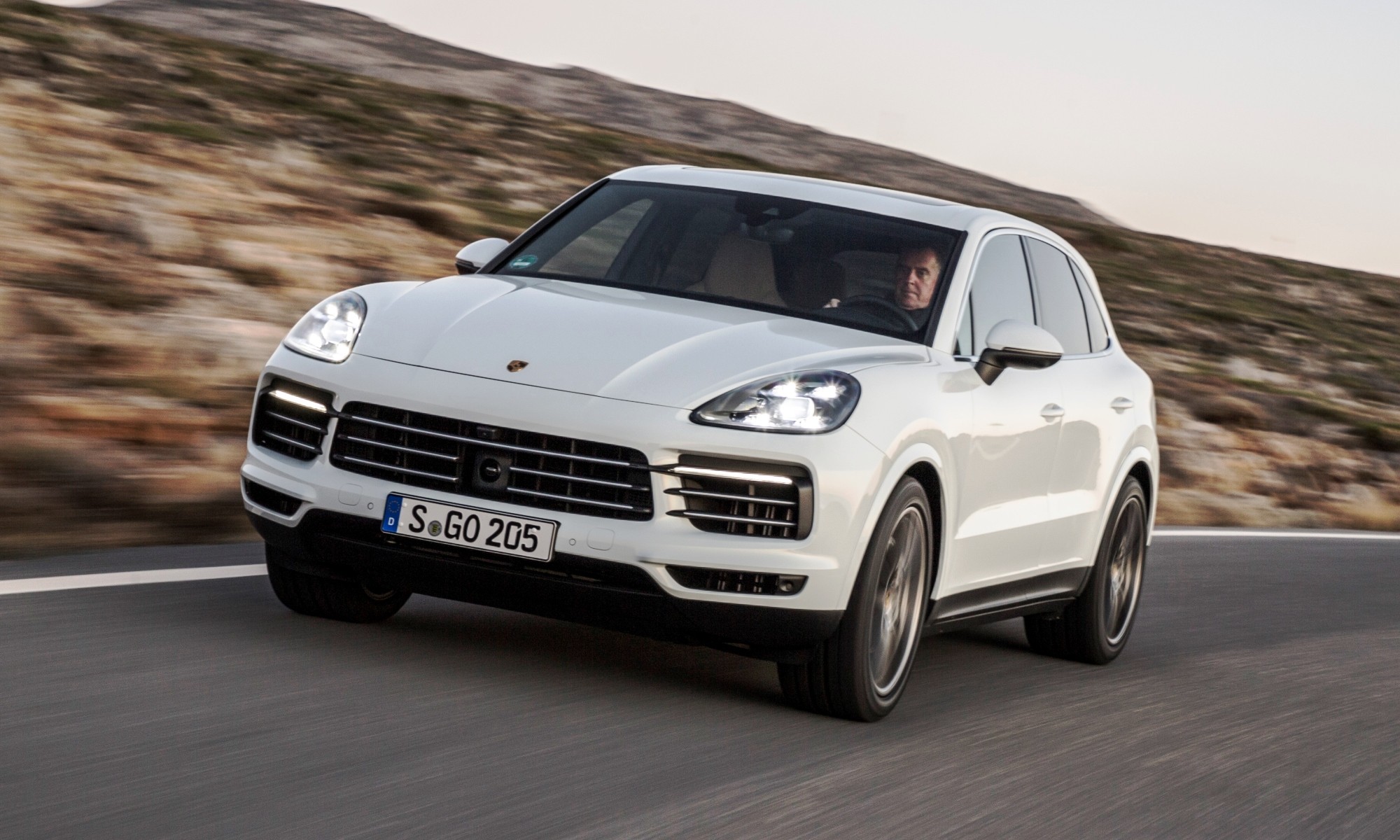
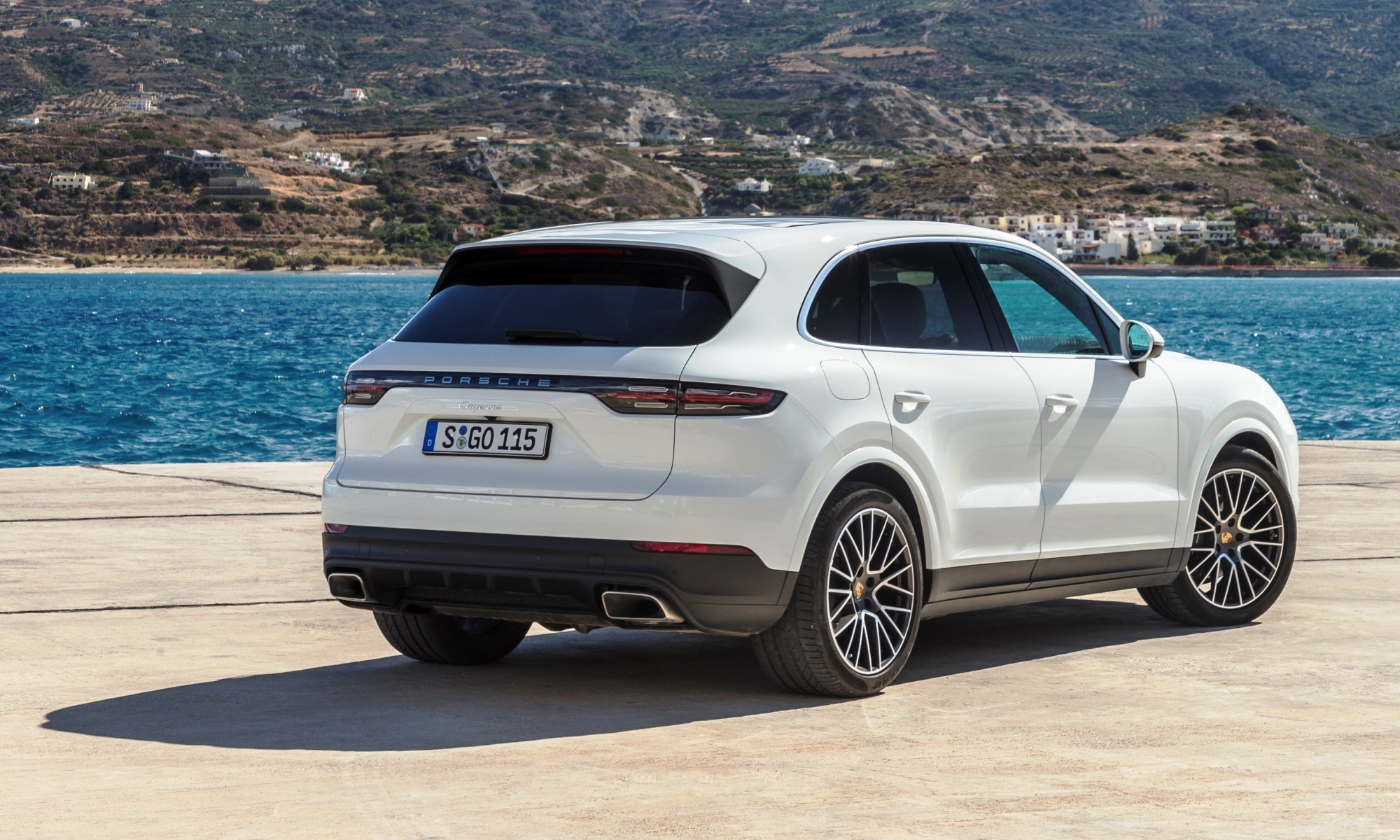
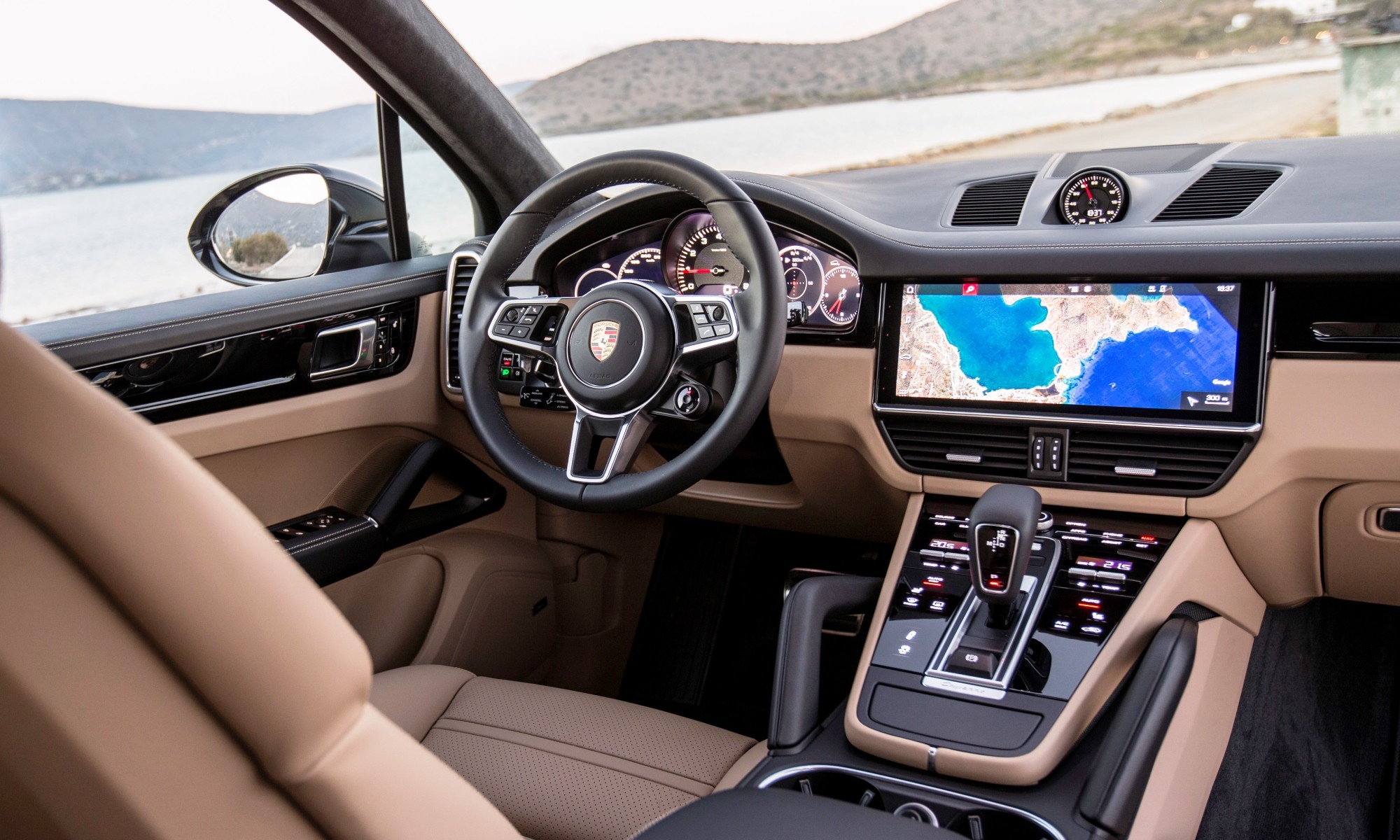
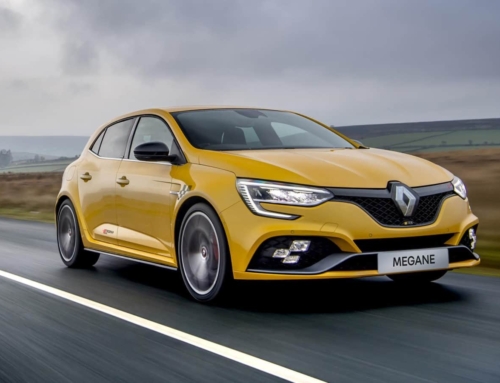


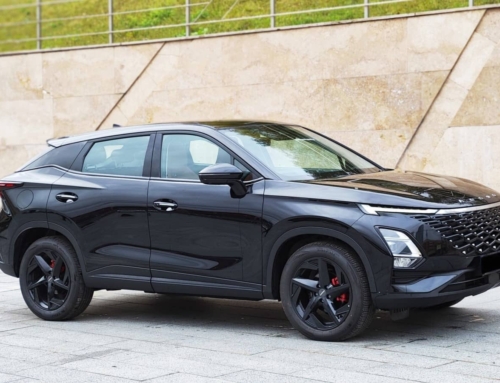
Leave A Comment